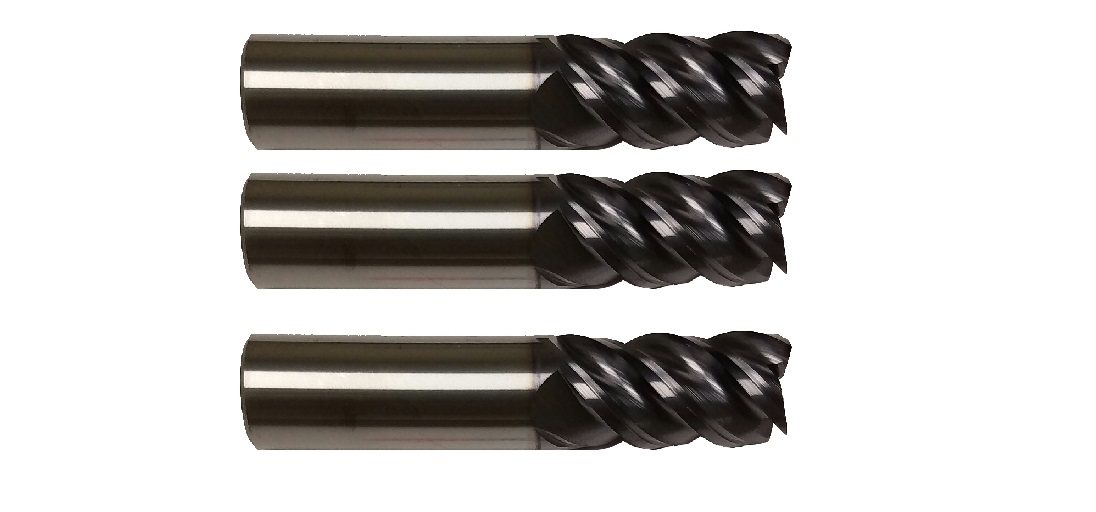End mill design has evolved to levels nobody thought possible a couple of decades ago. The vigorous demand for tools that increase productivity and workpiece quality while reducing tool change downtime has pushed tool makers towards high-performance materials and advanced tool design.
These advances have also been directed at reducing one of the biggest problems machinists face, especially when working at high speeds and feed rates.
Chatter is one of the detrimental phenomena experienced by machinists, especially when they have their eyes set on improving automation, productivity, and increased quality on finished parts.
This common nuisance is caused by the harmonic effect of the tool hitting the piece at a certain frequency. When the “hits per second” frequency matches the natural resonance of the workpiece material, they start vibrating violently. Surface finish, dimensional accuracy, and tool life are adversely affected by chatter.
End mill designers have attacked this problem by developing what are known as variable flute end mills. Symmetrical mills produce a constant number of hits per second when engaging the piece. So, keeping chatter under control means driving the tool slower than the natural harmonic resonance of the material you are working on.
The idea behind variable flute kend mills is to produce an uneven vibration when engaging the material, making it more difficult for the tool and the piece to achieve harmonic resonance.
In a nutshell, advanced variable flute end mill design reduces or eliminates the possibility of chatter by making it more difficult for the tool and workpiece to reach the frequency needed to produce it.
The result is a reduction in scrapped parts, increased productivity, and improved surface finish on finished products.
This technology is not new, but it has been gaining popularity in recent years as more machinists become aware of its potential. End mill design has become weirder and weirder as new technologies and advanced tool design increase in popularity.
For a tool to enter this category, the flutes must be spaced unequally, giving it a variable pitch. Other tools use a variable helix/lead design that shows angle changes along the flutes. These two approaches change both the angle and the timing with which the tool engages the workpiece.
The most common variable flute end mills have an unequal spacing between the flutes. This is because it’s easier to produce and results in a more noticeable difference in vibration when compared to a helical/lead design.
The problem with these “weird” designs is that they can cause uneven weight distribution and weak points in the tool. An unbalanced tool driven at high speeds can cause violent vibrations, chatter, bad surface finish, tool breakage, and lower productivity.
The best way to prevent these problems is to keep the degrees of asymmetry to manageable levels that lower overall tool chatter, but still provide high degrees of stability and protect the tool from the application of uneven cutting forces.
An expertly designed variable flute end mill will be perfectly balanced which increases productivity allowing the machine to work with higher feed rates and depths and deliver enhanced precision and workpiece quality.
That’s why you need a supplier with experience in making excellent variable end mills made of high-performance materials that allow you to push your production to the limit while reducing costs and increasing part quality. Online Carbide is a carbide tool manufacturer dedicated to creating the best tools for high-performance shops across the country. visit their website today and find the tools you need for operations of any size. Take advantage of their manufacturer’s direct prices and start saving money on carbide tools today.
For more information about Buy Carbide Drills and Drill Mills For Sale Please visit: Online Carbide.
Hi, I am Adam Smith, Admin Of TechSketcher, Creative blogger and Digital Marketer.
